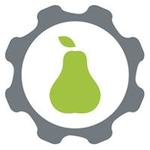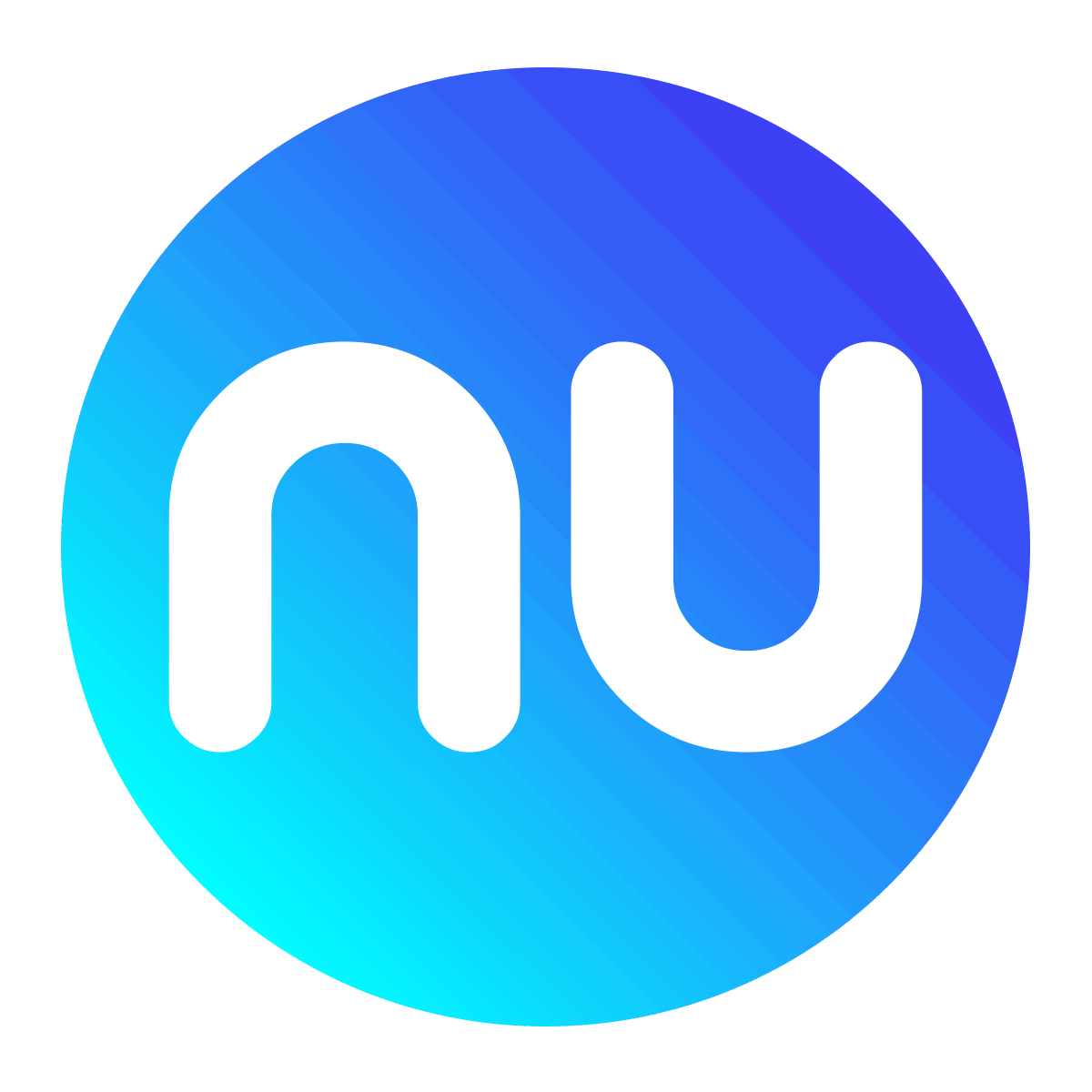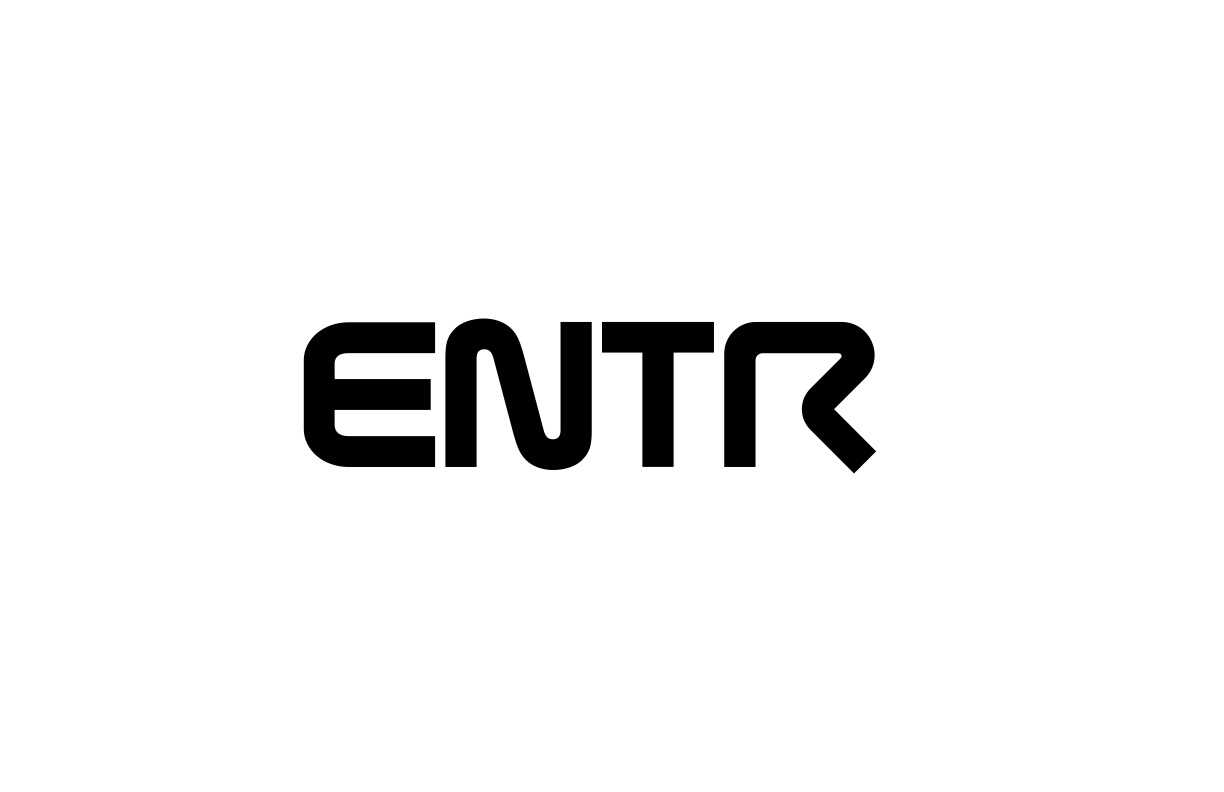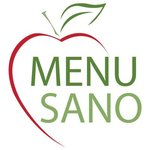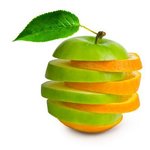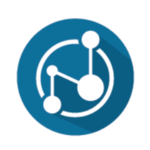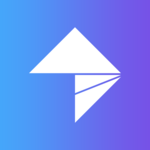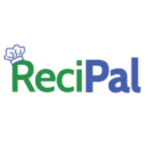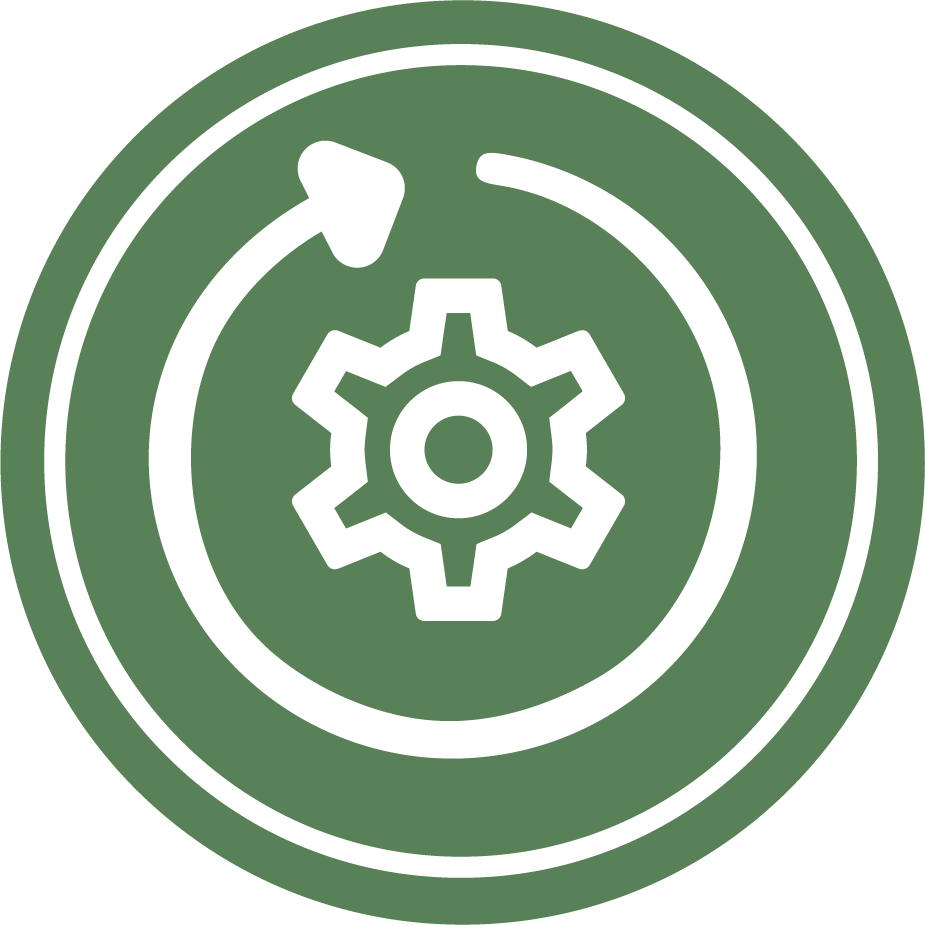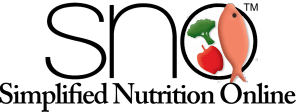What Is Nutrition Analysis Software?
Nutrition Analysis Software is a sophisticated tool that helps nutritionists, dietitians, food manufacturers, and health professionals assess, track, and monitor the nutritional value of foods. This software uses databases containing thousands of foods, ingredients, and recipes to deliver precise and extensive information about the nutrient profiles of diverse foods.
Nutrition Analysis Software has become a crucial tool for nutrition specialists as public knowledge of good eating habits and desire for tailored nutrition recommendations has grown. It provides a full analysis of macronutrients (carbohydrates, proteins, and fats), micronutrients (vitamins and minerals), as well as other components like calories and allergies.
Furthermore, this software allows users to edit and create recipes based on their individual dietary requirements or restrictions. For example, if a client is gluten intolerant, the program can assist in locating gluten-free alternatives to their recipes. This feature makes Nutrition Analysis Software an excellent alternative for anyone wishing to control their diet or provide precise and individualized nutrition recommendations to their clients.
Another advantage of Nutrition Analysis Software is its capacity to generate reports and graphs that can be readily shared with clients or used in presentations. This not only speeds up the consulting process, but also lends a professional touch to the services provided. Furthermore, some Nutrition Analysis Software includes capabilities like meal planning, food tracking, and even integration with activity trackers, making it a complete solution for overall health and wellness management.
What Are The Recent Trends In Nutrition Analysis Software?
Demand for nutrition analysis software has risen significantly in recent years, owing to increased knowledge and relevance of health and nutrition. As a result, there has been an influx of new and inventive software into the market, each claiming to deliver the most precise and thorough nutrition analysis. As a buyer, it can be difficult to sort through all of the alternatives and choose the greatest fit for your needs.
To help you make your decision, we've selected the main trends in nutrition analysis software to consider.
1. Cloud-Based Solutions: One of the most significant changes in nutrition analysis software is the transition to cloud-based solutions. These systems provide easy access from any device with an internet connection, allowing users to track their nutrition while on the road. Additionally, cloud-based software enables smooth cooperation and data sharing among numerous stakeholders, including nutritionists, dieticians, and clients.
2. Personalization: With an increasing emphasis on individualized nutrition, software developers are working to provide more customizable alternatives. This includes features like meal planning based on specific dietary restrictions or food preferences, as well as the option to define and track personal nutrition goals.
3. Integration With Wearable Devices: Another emerging trend in nutrition analysis software is the integration of wearable devices such as fitness trackers and smart watches. This enables more accurate and real-time tracking of nutrition data, as these sensors can monitor calorie intake, macronutrient breakdown, and even individual food items consumed.
4. Artificial Intelligence (AI) And Machine Learning: Many nutrition analysis software vendors are integrating AI and machine learning into their platforms to improve the accuracy and efficiency of their analyses. These technologies may detect dietary patterns and trends, identify potential nutrient shortages, and even provide individualized meal suggestions.
5. Mobile Applications: Many software companies now offer standalone apps or companion apps to their web-based platforms, making mobile applications an increasingly popular medium for nutrition monitoring. These apps allow users to easily track their nutrition on the move and offer a variety of functions such as food databases, meal planning, and progress tracking.
6. Data Security: As with any software that handles sensitive personal information, users of nutrition analysis software must prioritize data security. To combat this, several providers are using strong security measures, such as encryption, to protect customer data. Consider these developments in nutrition analysis software to make an informed decision about the best option for your needs. Remember to carefully consider the features, pricing, and security of each software before making a final decision. With the correct nutrition analysis software, you can simply track and optimize your nutrition, leading to a healthier and happier you.
Benefits Of Using Nutrition Analysis Software
Nutrition analysis software is a useful tool for individuals and organizations trying to better understand the nutritional value of food. This software allows users to enter information about their nutritional intake and receive detailed reports and recommendations tailored to their specific needs.
Here are some of the main advantages of using nutrition analysis software.
1. Accurate And Reliable Data: One of the primary benefits of using nutrition analysis software is the correctness and dependability of the data it produces. This program employs recognized databases and algorithms to verify that the nutritional information is complete and up to date. This might be especially useful for firms that must comply with food labeling rules.
2. Saves Time And Effort: Nutrition analysis software makes it easier to track and analyze nutritional data. Instead of manually calculating and tracking each nutrient, consumers can enter their meal preferences and immediately receive thorough reports. This saves time and effort, making it easier to maintain a healthy diet and make informed judgments.
3. Individualized Suggestions: Another significant benefit of nutrition analysis software is its capacity to make individualized suggestions based on individual requirements. The software may provide customized reports and recommend strategies to enhance one's diet and meet nutritional objectives based on information such as age, gender, activity level, and health goals entered.
4. Identify Nutrient Deficiencies: Many people are unaware that they have nutrient deficiencies, which can cause a variety of health problems. Nutrition analysis software allows users to detect which specific nutrients are lacking in their diet, making it easier to prioritize and enhance their overall health.
5. Track Progress: Nutritional analysis software enables users to monitor their dietary progress over time. This is especially useful for people trying to shed weight or enhance their general health. Users who frequently input their food selections can monitor how their nutritional intake changes over time and make modifications as needed.
6. Benefits For Businesses: Nutrition analysis software is vital for food-related enterprises, such as restaurants and food producers. It assures compliance with food labeling requirements and gives correct information to customers, hence increasing trust and reputation.
Important Factors To Consider While Purchasing Nutrition Analysis Software?
When it comes to selecting nutrition analysis software, there are a few key elements to consider before making a purchase. Because this software will be an important tool for your business or personal usage, it is critical to thoroughly consider all factors before making a purchase.
Here are some important aspects to bear in mind while purchasing nutrition analysis software.
1. Features And Functionality: The first and most important considerations are the software's features and functionality. Make sure the software includes all of the functions you need, such as precise nutrient analysis, meal planning, recipe development, and food labeling. It should also include customizable features and an easy-to-use UI.
2. Accuracy And Reliability: The primary goal of nutrition analysis software is to deliver accurate and reliable nutrient data. It is critical to select software that uses validated databases and adheres to industry standards for nutrient calculations. It should also provide regular updates to maintain correctness and dependability.
3. Compatibility: Consider whether the program is compatible with your present systems and devices. It should be compatible with your computer's operating system and any other software applications you use. This will enable a smooth integration and avoid any technical complications.
4. Costs: It is critical to evaluate the expenses associated with obtaining nutrition analysis software. Look for software that is reasonably priced and has all of the necessary functions while maintaining accuracy and reliability. Consider the initial purchase price, as well as any subsequent expenses for upgrades, maintenance, and support.
5. Customer Support: Good customer support is vital for any product because it can assist you in resolving technical issues and answering any concerns you may have. Look for software that provides dependable and timely customer service over a variety of channels such as email, live chat, and phone.
6. User Reviews And Ratings: Before making a purchase, it is best to examine user reviews and ratings for the software. This will provide you a greater knowledge of the user's experience with the product, allowing you to make an informed decision.
7. Trial Time: Many nutrition analysis software vendors provide a free trial time during which customers can evaluate their product. Take advantage of this opportunity to evaluate the software's features, functionality, and general performance before purchasing.
What Are The Key Features To Look For In Nutrition Analysis Software?
When it comes to selecting the best nutrition analysis software for your needs, there are several important factors to consider. These capabilities can have a big impact on the productivity and effectiveness of your nutrition analysis process, so select software that fits your individual needs.
Here are some key things to look for in nutrition analysis software:
1. Comprehensive Database: A robust and broad database is an essential aspect of nutrition analysis software. It should offer a diverse selection of meals, both branded and generic, as well as different serving sizes. This ensures that your analysis is accurate and includes a wide range of food items.
2. Nutrient Tracking: The software should allow you to track and compute nutrient levels for each food item and meal. This tool allows you to assess the nutritional content of your food and discover any shortfalls or excesses.
3. Customization Options: Look for software that allows you to tailor the dietary requirements and goals to your specific needs. This tool is very useful for people who have dietary limitations or are following a specific diet plan.
4. User-Friendly Interface: The software's interface should be straightforward and simple to explore and understand. It should also allow for simple data entry and retrieval, saving you time and effort.
5. Recipe Analysis: Select software that includes recipe analysis, which allows you to enter your own recipes and assess the nutritional value per serving. This function is especially valuable for nutritionists and home cooks alike.
6. Allergen Tracking: For those with food allergies or sensitivities, the software should be able to track and identify potential allergens in the foods being tested.
7. Mobile Accessibility: As mobile technology advances, having software that is compatible with many devices, such as smartphones and tablets, can considerably improve convenience and productivity.
8. Integration With Health Devices: Some nutrition analysis software may communicate with a variety of health devices, like activity trackers and smart scales, to provide a comprehensive picture of your health and fitness status.
9. Customer Assistance: It is critical to purchase software from a firm that provides dependable customer assistance. This can involve training, technical support, and software updates to maintain optimal functionality. By taking these crucial qualities into account, you can select the best nutrition analysis software for your needs and begin your journey to better health and wellness. To achieve the best outcomes, conduct research and analyze many possibilities before making a final decision.
Why Do Businesses Need Nutrition Analysis Software?
In today's health-conscious market, businesses in the food and beverage industry are under increasing pressure to give accurate and transparent nutritional information to consumers. This is when nutritional analysis software comes in handy. Nutrition analysis software is a specialized tool that allows businesses to assess the nutritional value of their food and beverage offerings.
It takes into account ingredients, cooking methods, and serving sizes to offer precise and accurate macronutrient and micronutrient breakdowns for a product. One of the primary reasons organizations want nutrition analysis software is to ensure compliance with food labeling laws and regulations. Many nations require food goods to include a nutrition label that appropriately reflects the nutritional value of the product.
Failure to do so may result in sanctions and legal issues. Nutrition analysis software makes it simple for businesses to create compliance labels, saving time and resources. Furthermore, nutrition analysis software helps organizations remain competitive in the market. With the rise of health-conscious consumers, giving accurate and extensive nutritional information can help firms gain a competitive advantage.
Customers are more inclined to trust and buy items with clear and easy-to-understand nutrition labeling. Furthermore, nutrition analysis software can assist firms cater to specific dietary demands and preferences. Businesses can provide precise information to clients with food allergies or dietary restrictions by analyzing allergens and tracking ingredients. This not only helps businesses grow their consumer base, but it also promotes trust and brand loyalty.
Furthermore, nutrition analysis software can help businesses develop healthier, more nutritious products. Businesses that analyze the nutritional content of their products can make more educated judgments about recipe formulations and ingredient substitutions to provide healthier options to their customers. This can create new marketing opportunities and attract health-conscious customers.
How Much Time Is Required To Implement Nutrition Analysis Software?
The length of time necessary to establish nutrition analysis software varies according to the software, its capabilities, and the complexity of your nutrition analysis requirements. Typically, the installation procedure can last from a few days to several weeks.
Here are some elements to consider while predicting the time of implementation:
1. Software Training: Most nutrition analysis software includes training materials and resources to help you and your team become acquainted with the software. The amount of time required for training will be determined by how quickly you and your employees understand the software and its functions.
2. Data Entry: Depending on the extent and complexity of your nutrition data, entering it all into the software can take quite some time. However, some software supports data import or interface with other databases, which can drastically cut data entry time.
3. Modification: Some nutrition analysis software enables for modification to meet your individual requirements. This involves making custom templates, adding nutritional databases, and setting user rights. The time necessary for modification will vary according to the amount of intricacy and the quantity of customizations required.
4. Integration: If you intend to integrate the program with other systems, such as POS or electronic medical records, more setup time may be required. The amount of time required depends on the intricacy of the integration.
Overall, allowing enough time for implementation is critical to ensuring a seamless and effective transition. It is also advised that you collaborate closely with the software vendor and their support team during the implementation process to handle any difficulties or questions that may emerge. With careful preparation and coordination, you can reduce the time required for deployment and begin reaping the benefits of nutrition analysis software quickly.
What Is The Level Of Customization Available In Nutrition Analysis Software?
The level of customization accessible with nutrition analysis software varies substantially. Some systems take a one-size-fits-all approach, whilst others allow for extensive customization to match the unique demands of individual users. The level of customisation possible in nutrition analysis software is often determined by a variety of factors, including the software's intended application, the type of data being analyzed, and the target audience.
For example, software meant for use by health professionals may include more extensive capabilities and customization choices than programs aimed at individual customers. One of the primary advantages of using customizable nutrition analysis software is that you may tailor the program to your own needs and goals. This can include adding or deleting specific nutrients, as well as developing individualized dietary recommendations based on individual characteristics such as age, gender, and health status.
Another crucial consideration is the software's ease of modification. A user-friendly interface and clear instructions can significantly increase the level of customization possible. Look for software that provides for simple data entry and the opportunity to save personalized profiles for later use. Furthermore, some nutrition analysis software may be able to link with other programs or apps, allowing for even greater customization and integration into your whole health regimen.
Which Industries Can Benefit The Most From Nutrition Analysis Software?
Nutrition Analysis Software is a sophisticated tool that allows individuals and organizations to properly and efficiently analyze the nutritional composition of food items. This software uses innovative technology and algorithms to compute precise nutrient values and create thorough results. While this program is useful for any sector that handles food and nutrition data, some industries may benefit more than others.
In this buyer's guide, we'll look at which sectors can profit most from Nutrition Analysis Software.
1. Healthcare Business: Nutrition Analysis Software can considerably aid the healthcare business because precise nutrition information is critical for providing individualized and effective care. This program can help healthcare professionals assess their patients' nutritional intake and develop personalized dietary regimens based on their specific needs. It can also aid in tracking patients' development and spotting any deficits or excesses in their diets.
2. Food And Beverage Industry: Nutrition Analysis Software can be used to precisely assess and label product nutritional content. This is advantageous for food manufacturers, caterers, and restaurants since it enables them to deliver transparent and informative nutrition information to their clients. This software can also aid with recipe creation and management, ensuring that they fit certain nutritional needs.
3. Fitness And Athletics Industry: Nutrition is an important part in meeting fitness and athletic goals. Nutrition Analysis Software allows fitness professionals and athletes to accurately track their nutrient consumption and modify their diets for peak performance and results. This software can also help athletic teams and organizations guarantee that their athletes get the nutrients they need for training and recovery.
4. Educational And Research Institutions: Nutrition Analysis Software can help schools, universities, and research institutions educate students about good nutrition and conduct study on dietary patterns and impacts. This program can also be used in nutrition classes and laboratories to teach students how to properly examine and interpret nutrition data.
5. Government Agencies: The FDA, USDA, and health departments all require precise nutrition data for food labeling and public health programs. They can use Nutrition Analysis Software to assess the nutritional value of foods and design strategies to encourage healthy eating habits.
Conclusion
After conducting comprehensive study and evaluating numerous nutrition analysis software choices, it is evident that investing in a dependable and robust program may considerably benefit individuals and organizations in the nutrition and health industries. These software solutions give a thorough and effective method for analyzing food intake, tracking progress, and making individualized recommendations.
When selecting the finest nutrition analysis software, evaluate its features, convenience of use, compatibility with various devices, and pricing. It is critical to ensure that the software includes a large library of meals and nutrients, configurable reports, and dependable database sources. Nutrium, MyFitnessPal, and Cronometer are some of the best-performing tools in this category. These tools include complex capabilities like recipe analysis, meal planning, and interaction with activity trackers.
Furthermore, they have user-friendly interfaces and are available for both desktop and mobile devices. Overall, investing in nutrition analysis software can help to simplify the process of tracking food intake, enhance accuracy, and provide valuable insights to clients or patients. It is a great investment for individuals, dietitians, healthcare professionals, and wellness-related businesses. To achieve the best outcomes, examine your individual requirements and select software that corresponds with your goals and budget.

